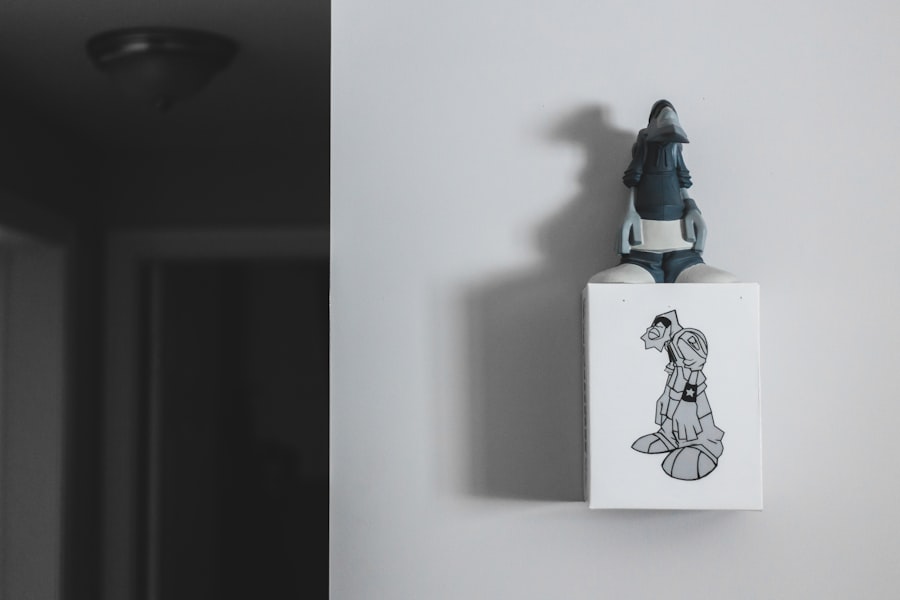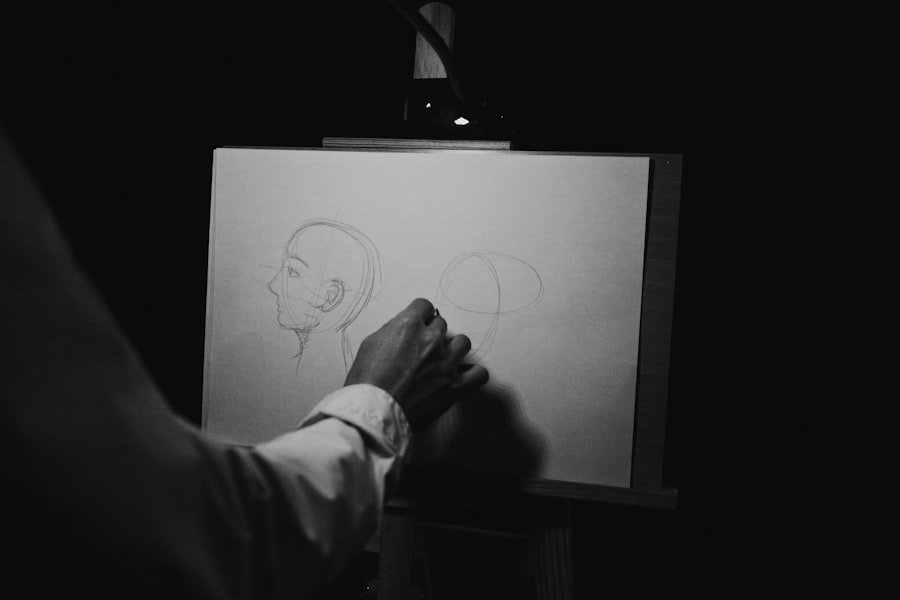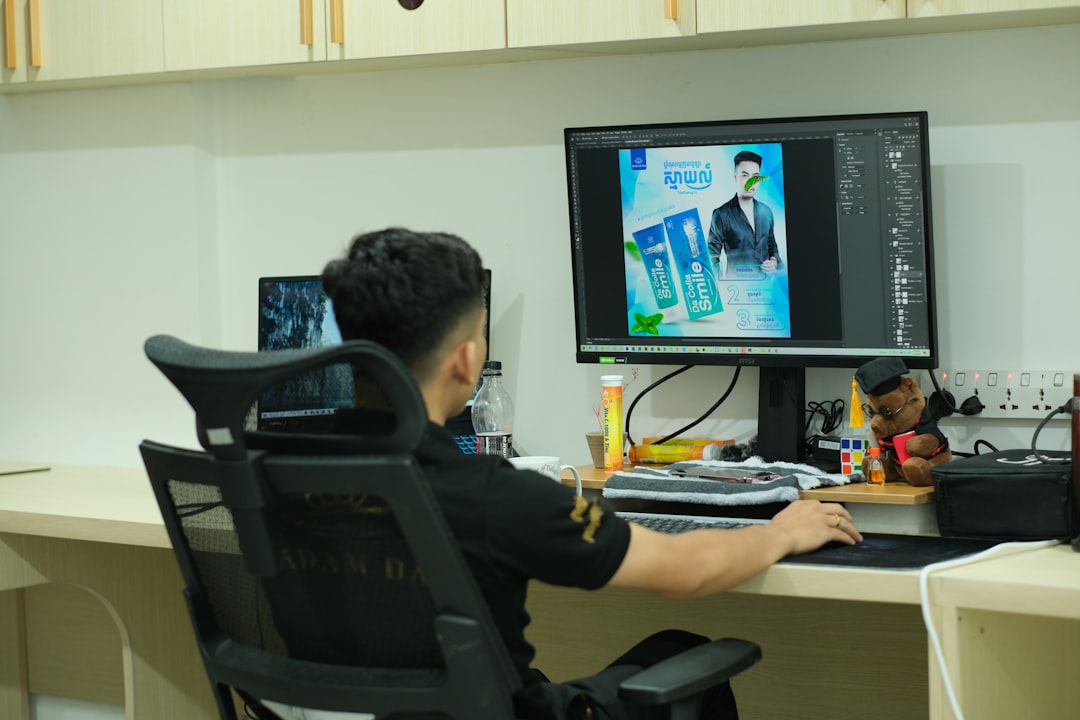As you delve into the world of animation, you may find yourself captivated by the seamless blend of creativity and technology that defines this art form. Animation has evolved significantly over the years, transitioning from hand-drawn sketches to sophisticated digital creations. At the forefront of this evolution is artificial intelligence (AI), a technology that is reshaping how animations are conceived, produced, and experienced.
The integration of AI into animation not only enhances the creative process but also introduces new possibilities for storytelling and visual expression. In this dynamic landscape, understanding the role of AI in animation becomes essential. You might wonder how AI can assist animators in their craft or even challenge traditional methods.
As you explore this topic, you will discover the multifaceted relationship between AI and animation, including its current applications, advantages, and potential drawbacks. This journey will also lead you to consider the ethical implications and future prospects of AI in the animation industry, ultimately revealing how human creativity and technological innovation can coexist harmoniously.
Key Takeaways
- AI and animation are increasingly intertwined, with AI playing a significant role in the animation industry.
- AI is currently used in animation for tasks such as character design, motion capture, and rendering, among others.
- The advantages of AI in animation include increased efficiency, cost-effectiveness, and the ability to handle repetitive tasks.
- However, the disadvantages of AI in animation include the potential loss of human creativity and the risk of job displacement for human animators.
- The potential impact of AI on the animation industry is significant, with AI expected to revolutionize the way animations are created and produced.
Current Role of AI in Animation
Today, AI plays a pivotal role in various stages of the animation process. From pre-production to post-production, AI tools are being utilized to streamline workflows and enhance creative possibilities. For instance, AI algorithms can analyze vast amounts of data to generate character designs, backgrounds, and even entire scenes based on specific parameters set by animators.
This capability allows you to experiment with different styles and concepts quickly, significantly reducing the time spent on initial drafts. Moreover, AI is increasingly being used in animation software to automate repetitive tasks. You may find that programs equipped with AI can assist in tasks such as in-betweening, where the software generates intermediate frames between two keyframes.
This not only speeds up the animation process but also allows you to focus on more complex aspects of storytelling and character development. As you navigate through these advancements, it becomes clear that AI is not merely a tool but a collaborator that enhances your creative capabilities.
Advantages of AI in Animation

The advantages of incorporating AI into animation are numerous and compelling. One of the most significant benefits is efficiency. With AI handling time-consuming tasks, you can allocate more time to refining your artistic vision and exploring innovative ideas.
This increased efficiency can lead to faster project turnaround times, allowing studios to produce high-quality content at a pace that meets the demands of an ever-evolving market. Additionally, AI can enhance creativity by providing new insights and inspiration. By analyzing trends and audience preferences, AI can suggest themes, styles, or even plot twists that you might not have considered otherwise.
This data-driven approach can help you create animations that resonate more deeply with viewers, ultimately leading to greater engagement and success. As you embrace these advantages, it becomes evident that AI is not just a tool for efficiency but also a catalyst for creative exploration.
Disadvantages of AI in Animation
| Disadvantages of AI in Animation |
|---|
| 1. Lack of Creativity |
| 2. High Initial Cost |
| 3. Limited Emotional Expression |
| 4. Dependence on Data Quality |
| 5. Potential Job Displacement |
Despite its many advantages, the integration of AI into animation is not without its challenges. One significant concern is the potential loss of artistic authenticity. As AI-generated content becomes more prevalent, you may worry about the dilution of individual artistic styles and voices.
The unique touch that human animators bring to their work could be overshadowed by algorithmically generated designs that lack emotional depth and nuance.
If you find yourself depending too heavily on AI tools for tasks that were once performed manually, there is a risk of losing fundamental skills that are essential for traditional animation techniques.
This reliance could create a divide between those who embrace technology and those who prefer to hone their craft through traditional methods. As you consider these disadvantages, it’s crucial to strike a balance between leveraging AI’s capabilities and preserving the artistry that defines animation.
Potential Impact of AI on the Animation Industry
The potential impact of AI on the animation industry is profound and far-reaching. As you observe the trends shaping this field, it becomes clear that AI has the power to redefine production pipelines and audience engagement strategies. With the ability to analyze viewer preferences in real-time, studios can tailor their content to meet specific demands, resulting in more personalized viewing experiences.
Furthermore, AI could democratize animation by making it more accessible to aspiring creators. With user-friendly AI tools available, individuals with limited technical skills can produce high-quality animations without extensive training or resources. This shift could lead to a surge in diverse voices and stories within the industry, enriching the animation landscape with fresh perspectives.
As you contemplate these changes, it’s essential to recognize both the opportunities and challenges that come with such a transformative shift.
When comparing the creative processes of AI and human animators, it’s important to acknowledge their distinct strengths and weaknesses. While AI excels at processing data and generating content based on patterns, human animators bring emotional intelligence and intuition to their work. You may find that while AI can produce visually stunning animations quickly, it often lacks the ability to convey complex emotions or nuanced storytelling that comes from lived experiences.
Moreover, collaboration between human animators and AI can lead to innovative outcomes that neither could achieve alone. By leveraging AI’s analytical capabilities alongside your creative instincts, you can push the boundaries of what is possible in animation. This partnership allows for a richer exploration of themes and ideas while maintaining the emotional depth that resonates with audiences.
As you navigate this interplay between technology and artistry, it becomes clear that both AI and human animators have valuable contributions to make in shaping the future of animation.
Ethical Considerations of AI in Animation

As you explore the intersection of AI and animation, ethical considerations inevitably arise. One pressing concern is intellectual property rights related to AI-generated content. You may question who owns the rights to animations created with the assistance of AI—whether it’s the animator who provided input or the developers behind the AI technology.
This ambiguity raises important legal and ethical questions that need to be addressed as the industry evolves. Additionally, there are concerns about representation and bias in AI-generated content. If AI systems are trained on datasets that lack diversity or inclusivity, there is a risk of perpetuating stereotypes or excluding marginalized voices from animated narratives.
As an animator or creator, it’s crucial to advocate for ethical practices in AI development and ensure that diverse perspectives are represented in both training data and final outputs. By engaging with these ethical considerations, you can contribute to a more equitable and responsible animation industry.
The Future of AI and Animation
Looking ahead, the future of AI in animation holds exciting possibilities as well as challenges. As technology continues to advance, you can expect even more sophisticated tools that enhance creativity while streamlining production processes. Innovations such as real-time rendering and virtual reality integration may become commonplace, allowing for immersive storytelling experiences that captivate audiences in unprecedented ways.
However, as you embrace these advancements, it’s essential to remain vigilant about potential pitfalls. The rapid pace of technological change may outstrip regulatory frameworks designed to protect artists’ rights and ensure ethical practices within the industry. As an animator or industry professional, staying informed about these developments will be crucial in navigating this evolving landscape responsibly.
Job Security for Animators in the Age of AI
In an era where automation is increasingly prevalent across various industries, concerns about job security for animators are understandable.
While some tasks may become automated through AI tools, there will always be a need for human creativity and artistic vision.
As an animator, your ability to adapt and embrace new technologies will be key to maintaining relevance in this changing landscape. By integrating AI into your workflow rather than viewing it as a threat, you can enhance your skill set and position yourself as a valuable asset within the industry. The future may hold new roles that focus on collaboration between humans and machines—roles that require both technical proficiency and artistic insight.
Collaboration between AI and Human Animators
The most promising aspect of integrating AI into animation lies in the potential for collaboration between human animators and technology. Rather than viewing AI as a competitor, consider it a partner that can augment your creative process. By leveraging AI tools for tasks such as character rigging or scene generation, you can free up time to focus on storytelling elements that require human intuition and emotional depth.
This collaborative approach fosters an environment where innovation thrives. You may find yourself experimenting with new styles or techniques inspired by insights generated through AI analysis of audience preferences or industry trends. As you embrace this partnership between human creativity and technological advancement, you contribute to a richer tapestry of animated storytelling that resonates with diverse audiences.
The Coexistence of AI and Human Creativity in Animation
In conclusion, as you navigate the evolving landscape of animation shaped by artificial intelligence, it becomes evident that both human creativity and technological innovation have vital roles to play. While AI offers numerous advantages—such as increased efficiency and enhanced creative possibilities—it also presents challenges that require careful consideration. By acknowledging these complexities and engaging with ethical considerations surrounding AI use in animation, you can contribute positively to this dynamic field.
Ultimately, the future of animation lies not in choosing between human artistry or machine intelligence but rather in finding ways for them to coexist harmoniously. By embracing collaboration between human animators and AI technologies, you can unlock new avenues for storytelling while preserving the emotional depth that defines this art form. As you continue your journey through animation, remember that both creativity and technology have much to offer—together they can create a vibrant future for this beloved medium.
The rise of artificial intelligence in various industries has sparked a heated debate about its potential impact on employment, particularly in creative fields like animation. As AI technology continues to advance, many are concerned about whether it will replace human animators or simply serve as a tool to enhance their work. An interesting perspective on this topic can be found in a related article on the potential economic implications of AI across different sectors. For more insights, you can read the article on How Wealth Grows, which explores how AI might reshape job landscapes and the economy at large.
FAQs
What is AI?
AI, or artificial intelligence, refers to the simulation of human intelligence in machines that are programmed to think and act like humans. This includes tasks such as learning, problem-solving, and decision-making.
What are animation jobs?
Animation jobs involve creating visual effects and animations for various forms of media, such as films, television shows, video games, and advertisements. This can include 2D and 3D animation, character design, and special effects.
Will AI take animation jobs?
AI has the potential to automate certain aspects of animation production, such as repetitive tasks and rendering processes. However, it is unlikely to completely replace human animators, as creativity, storytelling, and artistic expression are essential elements of animation that are difficult for AI to replicate.
How is AI currently being used in animation?
AI is being used in animation to streamline production processes, improve rendering times, and assist with tasks such as motion capture and facial recognition. It can also be used to generate procedural animations and assist with character rigging.
What skills can animators develop to stay relevant in the age of AI?
To stay relevant in the age of AI, animators can focus on developing skills that are difficult for AI to replicate, such as storytelling, character development, and artistic expression. They can also learn to work with AI tools and software to enhance their production processes.
